Expansion of the Food Service Sector
The growth of the food service sector is a significant driver for the Paper Napkin Making Machine Market. With the rise of quick-service restaurants, cafes, and catering services, the need for disposable napkins has intensified. Recent statistics indicate that the food service industry is expected to witness a steady growth rate, which in turn fuels the demand for paper napkins. This trend compels manufacturers to enhance their production capabilities through advanced napkin making machines. As establishments seek to provide a hygienic dining experience, the reliance on disposable products is likely to persist, thereby bolstering the Paper Napkin Making Machine Market. The interplay between food service growth and disposable product demand suggests a robust market outlook.
Rising Demand for Disposable Products
The increasing consumer preference for disposable products is a notable driver in the Paper Napkin Making Machine Market. As hygiene and convenience become paramount, particularly in food service and hospitality sectors, the demand for disposable napkins is surging. According to recent data, the disposable paper products market is projected to grow at a compound annual growth rate of approximately 5% over the next few years. This trend is likely to propel manufacturers to invest in advanced paper napkin making machines to meet the escalating demand. Furthermore, the shift towards single-use items, driven by changing consumer behaviors, suggests that the Paper Napkin Making Machine Market will continue to expand as businesses seek efficient production solutions.
Consumer Awareness and Health Concerns
Growing consumer awareness regarding health and hygiene is a pivotal driver in the Paper Napkin Making Machine Market. As individuals become more conscious of cleanliness, particularly in public spaces and dining establishments, the demand for disposable napkins is likely to increase. This heightened awareness is prompting businesses to prioritize hygiene by providing disposable options, thereby driving the need for efficient napkin production. Market data suggests that the demand for hygienic disposable products is on the rise, which could lead to an expansion in the Paper Napkin Making Machine Market. Consequently, manufacturers may need to adapt their production processes to cater to this evolving consumer sentiment, ensuring that they meet the expectations of a health-conscious market.
Innovations in Manufacturing Technology
Technological advancements play a crucial role in shaping the Paper Napkin Making Machine Market. Innovations such as automation, improved energy efficiency, and enhanced production speeds are transforming manufacturing processes. For instance, the introduction of high-speed machines capable of producing thousands of napkins per minute is revolutionizing the industry. This not only increases output but also reduces operational costs, making it more attractive for manufacturers. Additionally, the integration of smart technology allows for better quality control and waste reduction, which are essential in a competitive market. As these technologies evolve, they are expected to drive further growth in the Paper Napkin Making Machine Market, enabling companies to meet the rising demand for high-quality disposable products.
Environmental Regulations and Compliance
Increasing environmental regulations are influencing the Paper Napkin Making Machine Market. Governments and regulatory bodies are implementing stricter guidelines regarding waste management and sustainability practices. This has led manufacturers to innovate and produce eco-friendly paper napkins, which are biodegradable and made from recycled materials. The shift towards sustainable production methods is not only a response to regulatory pressures but also aligns with consumer preferences for environmentally responsible products. As a result, manufacturers are investing in advanced paper napkin making machines that can accommodate these sustainable practices. This trend indicates that compliance with environmental standards will be a key driver in the Paper Napkin Making Machine Market, shaping future production strategies.


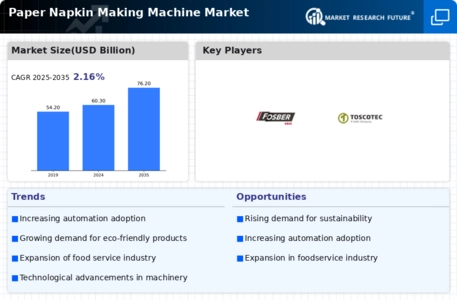
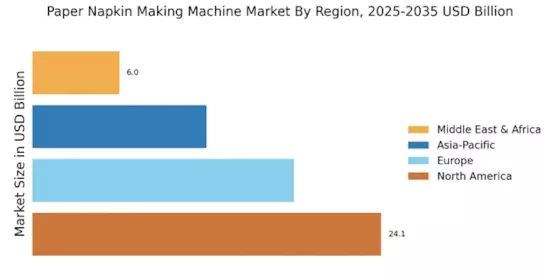

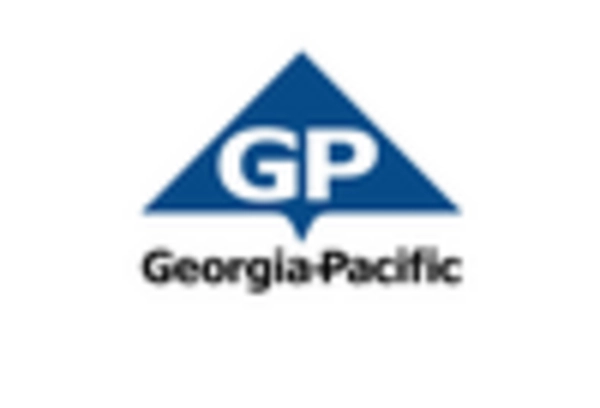
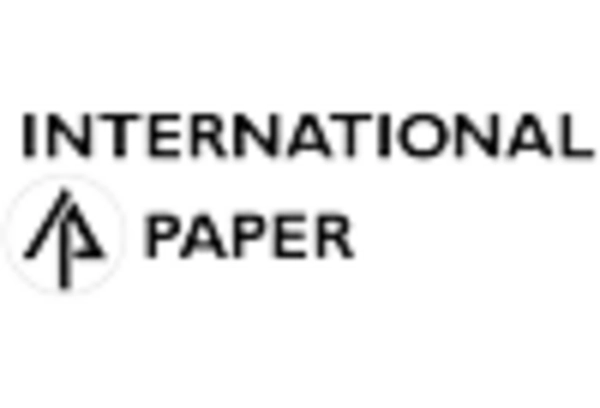
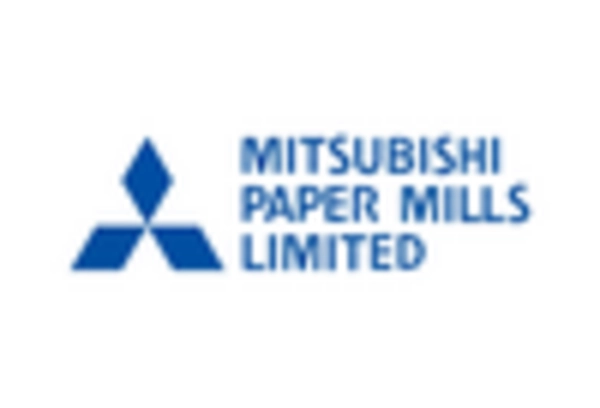
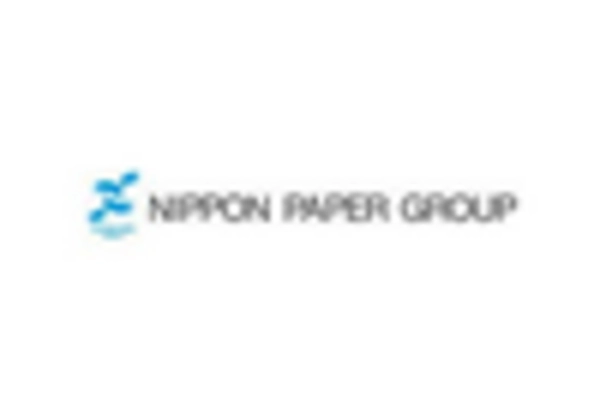









Leave a Comment